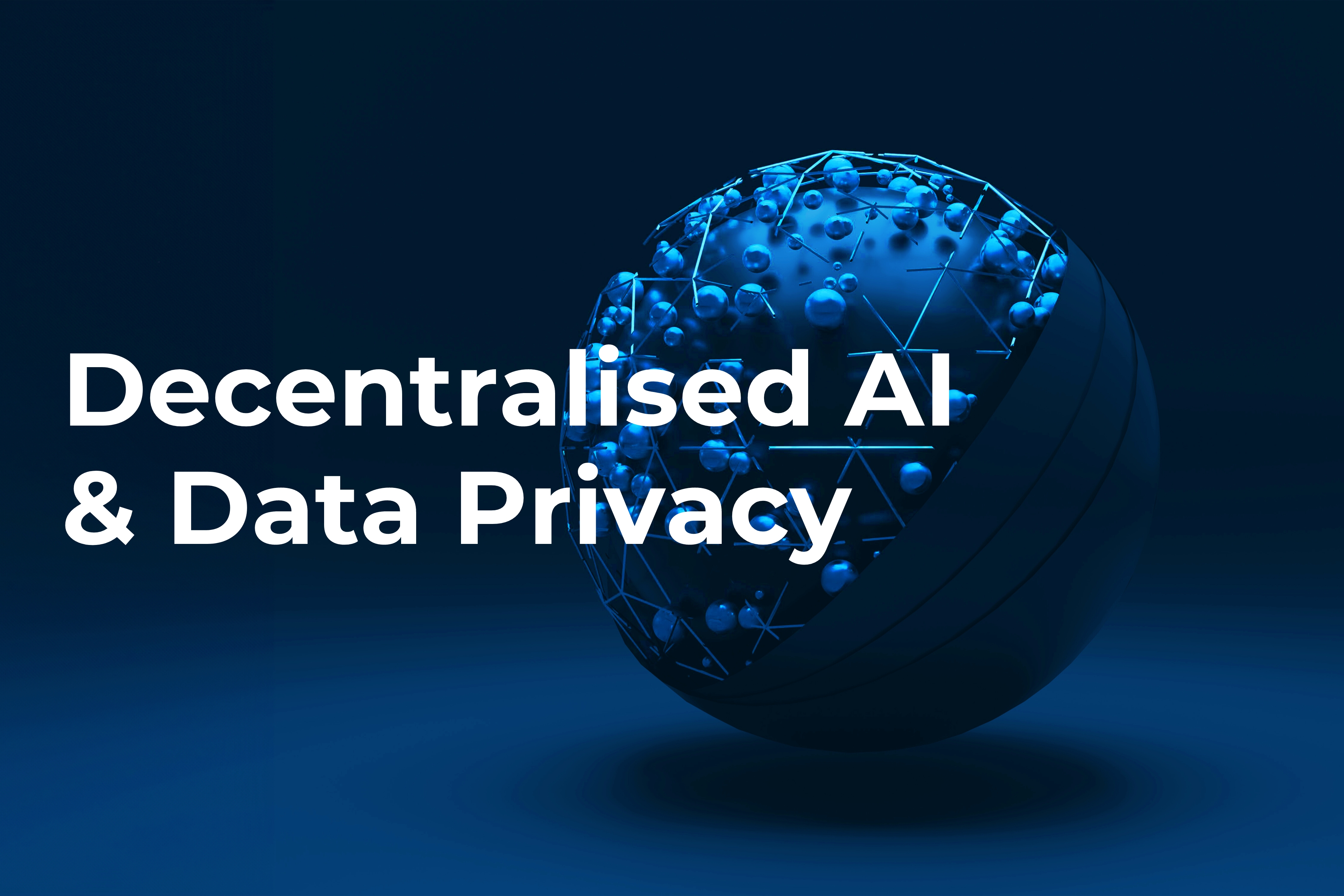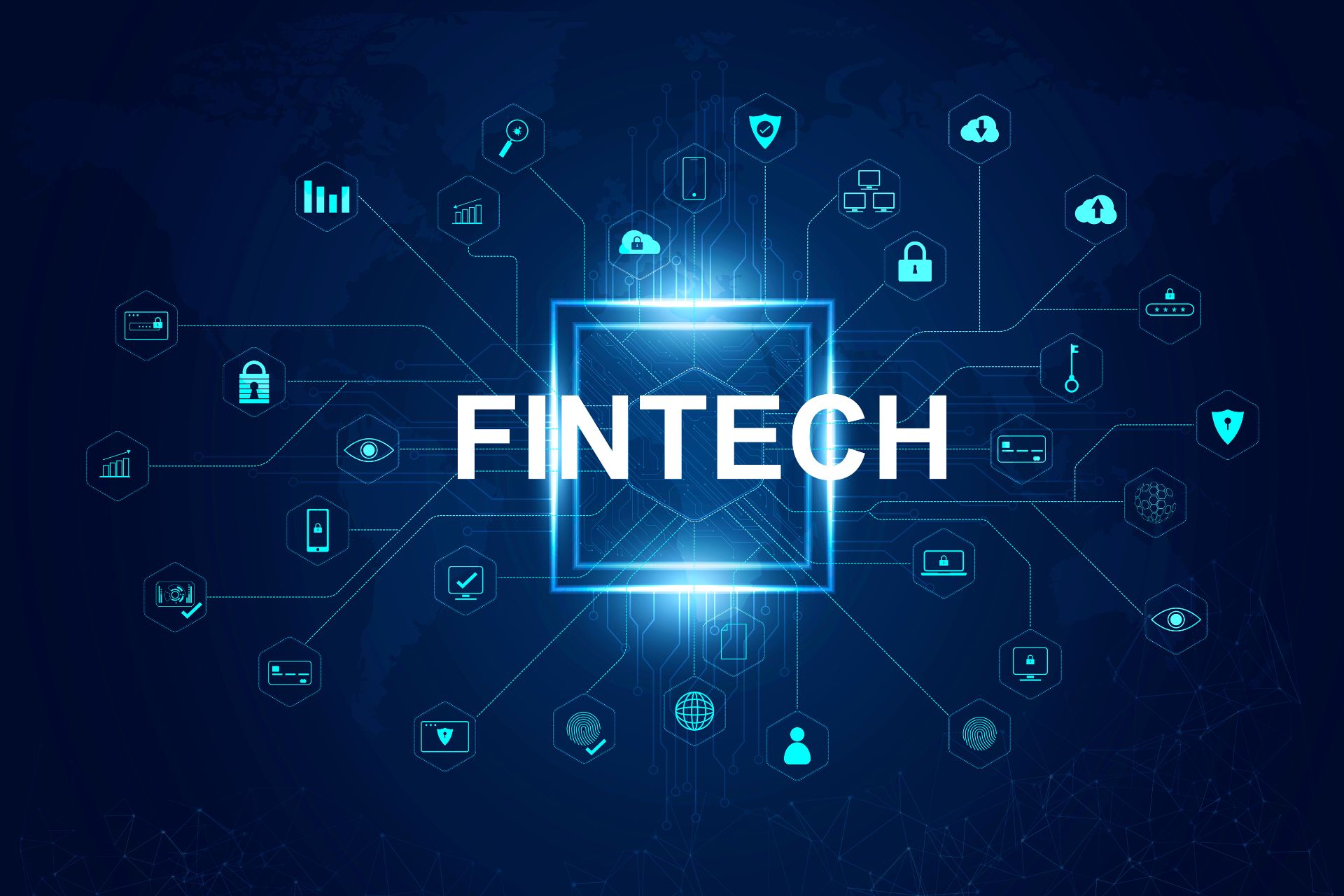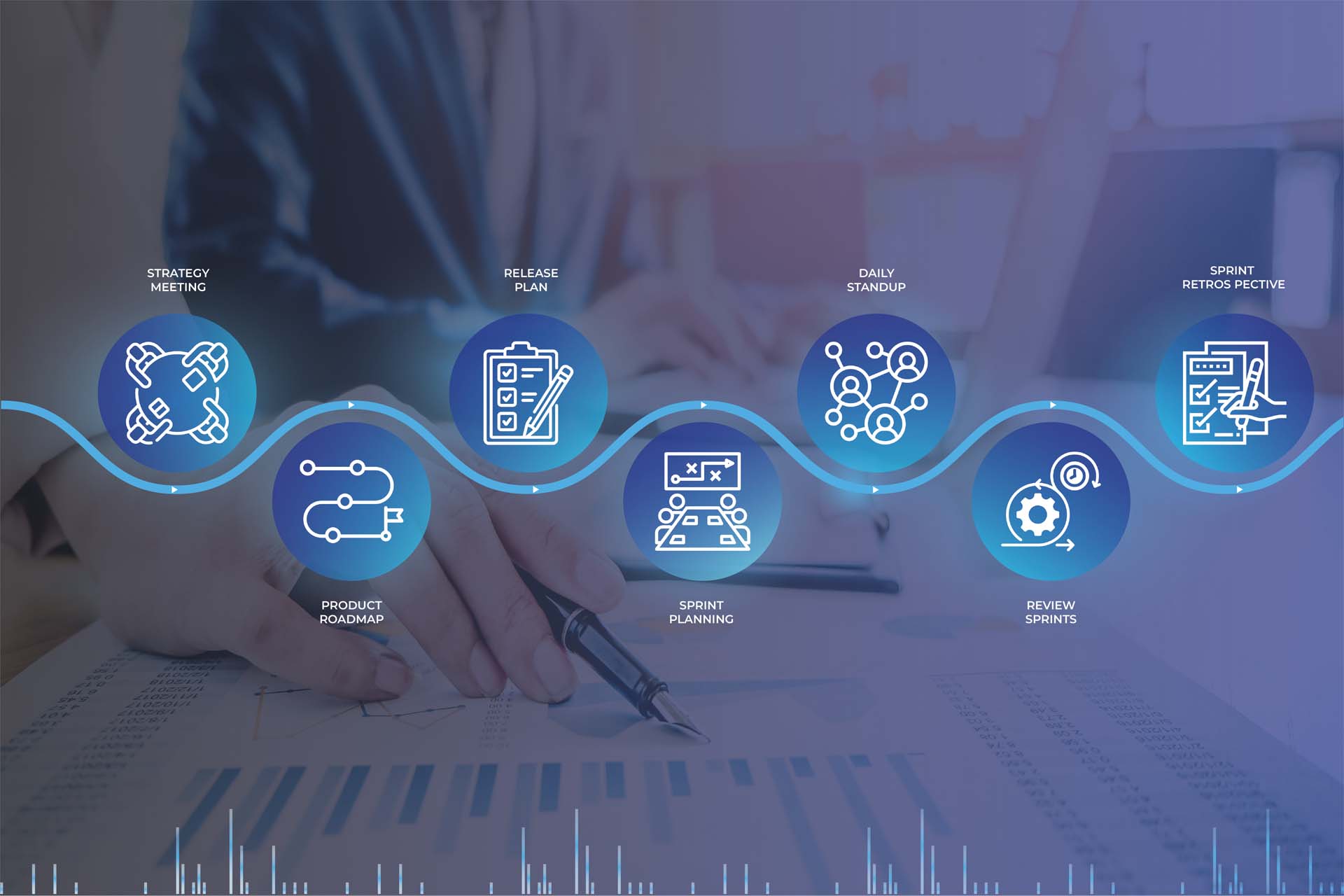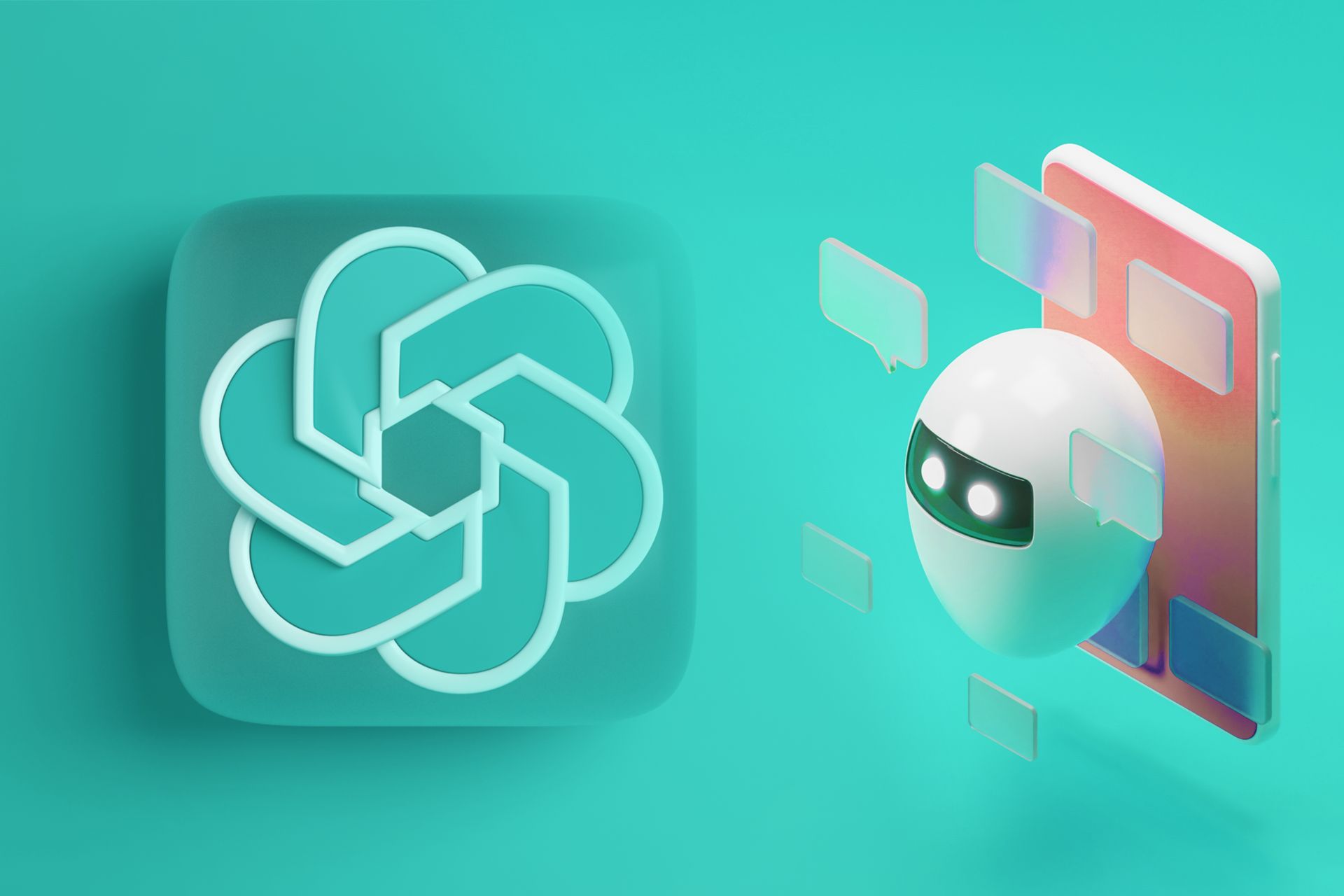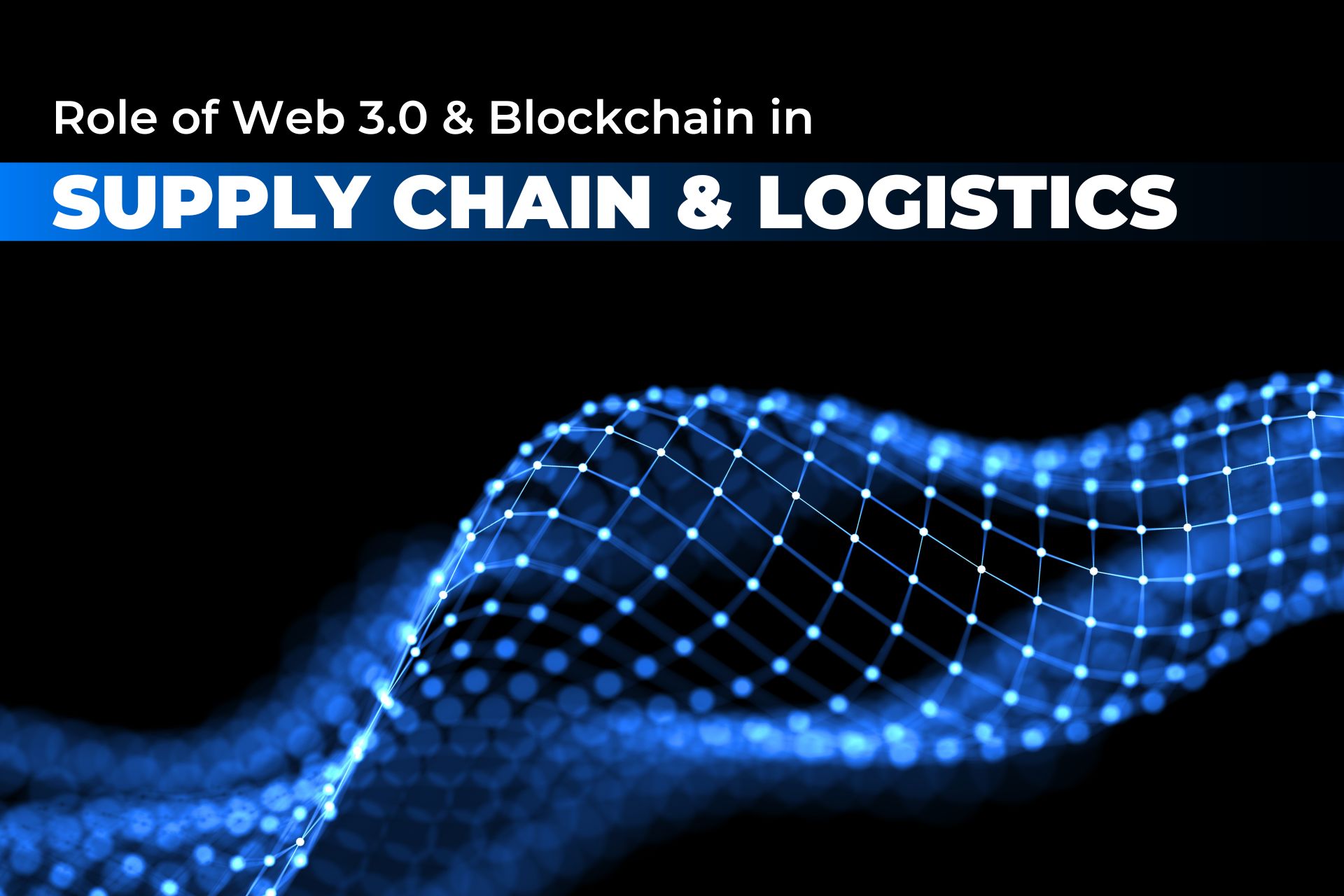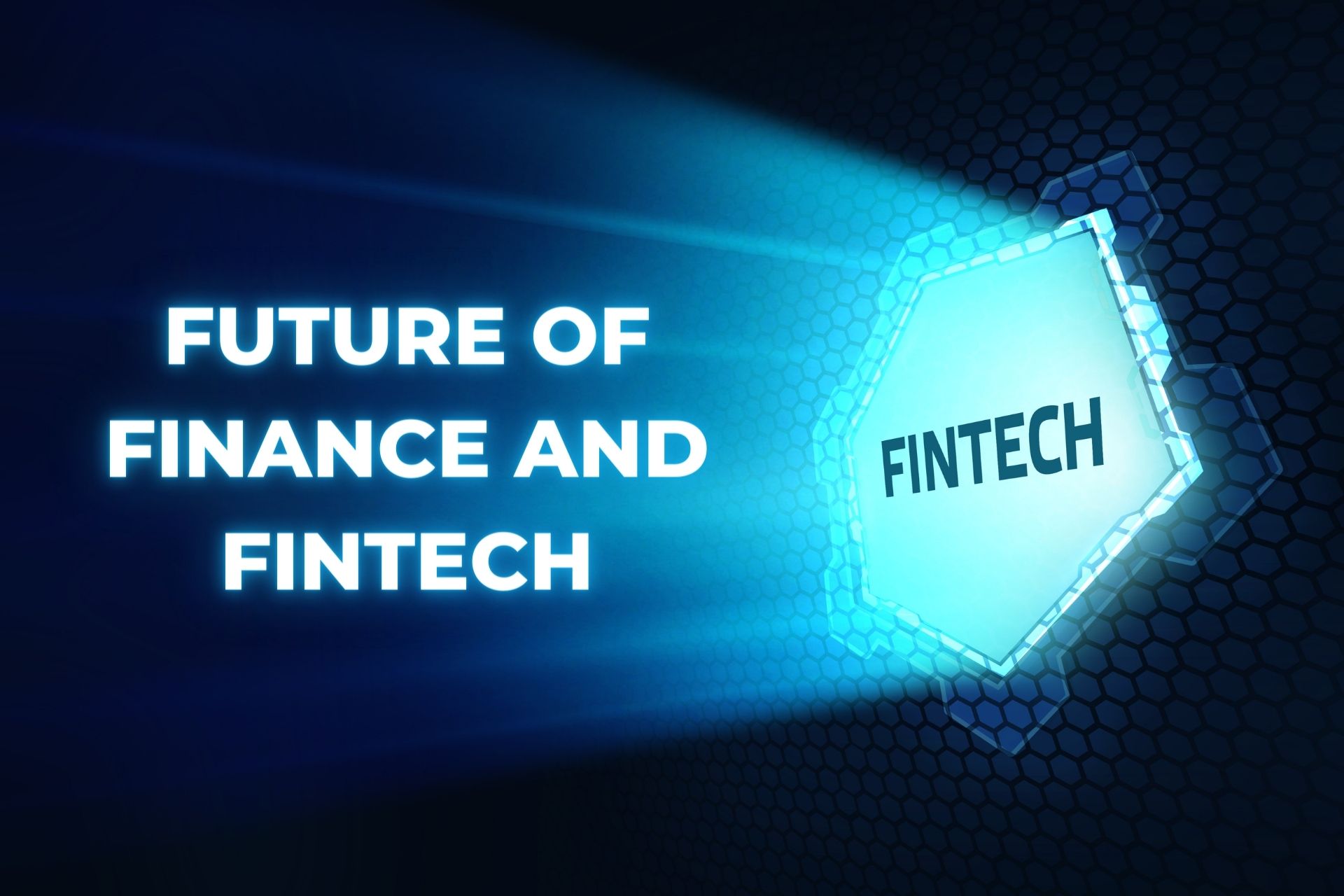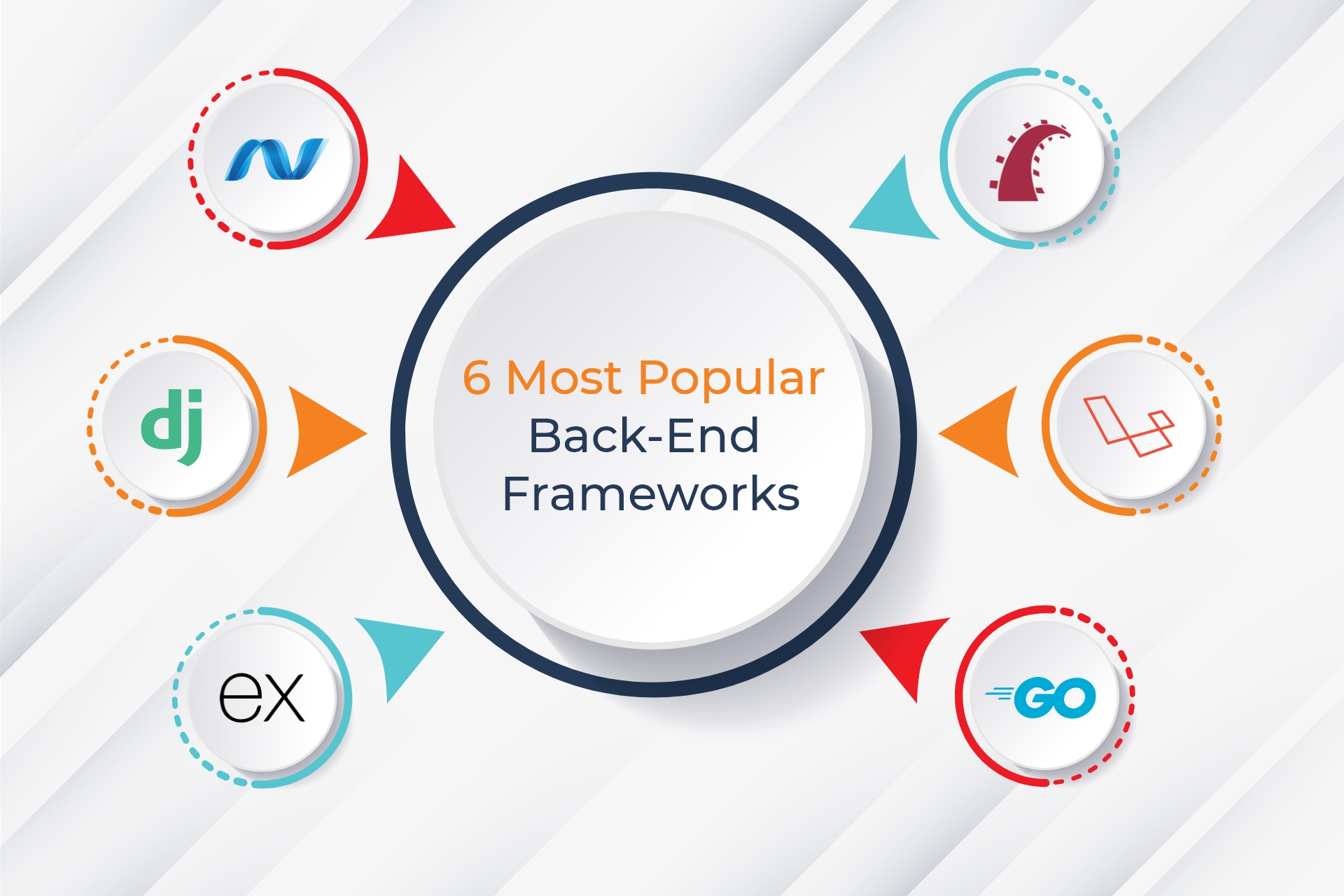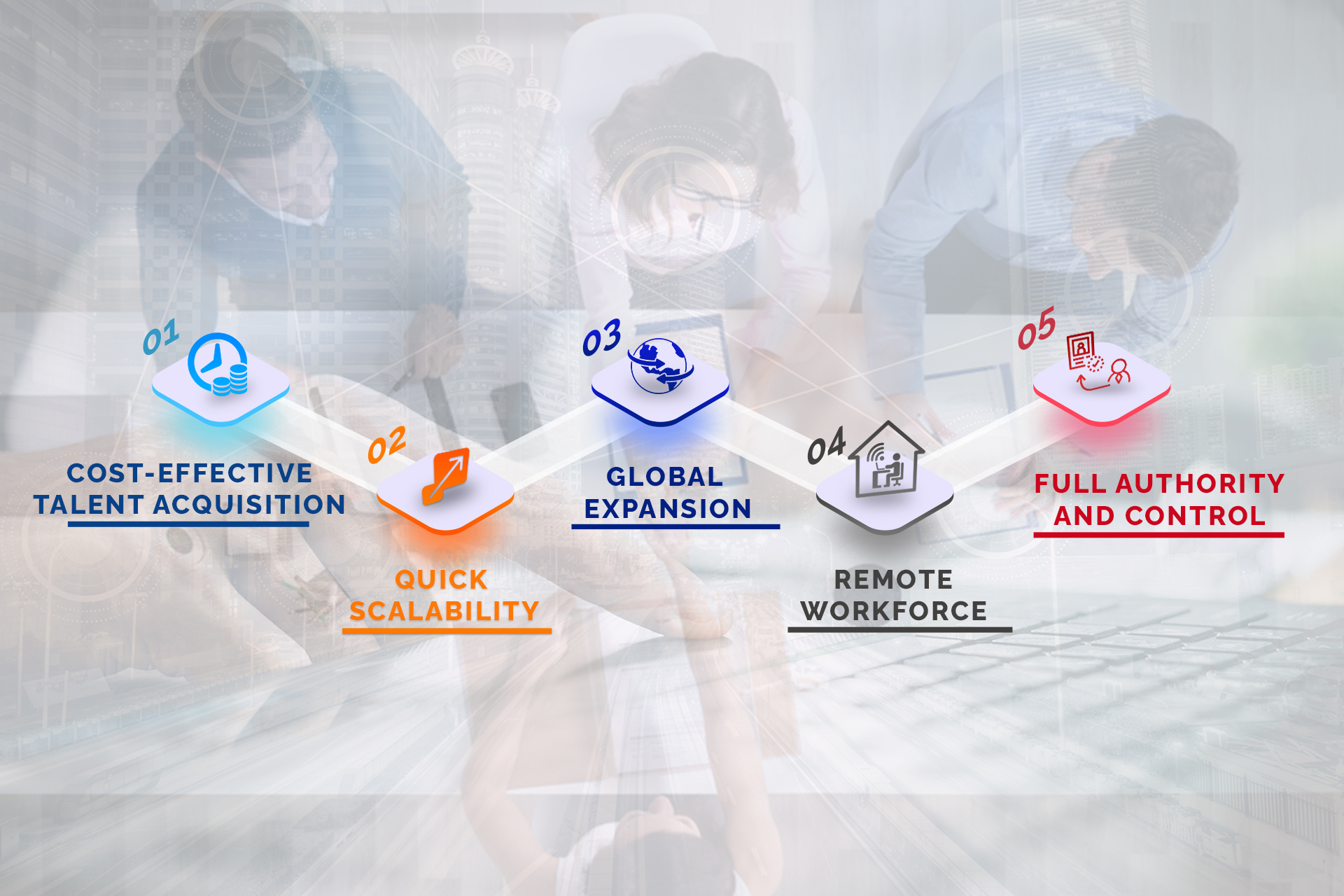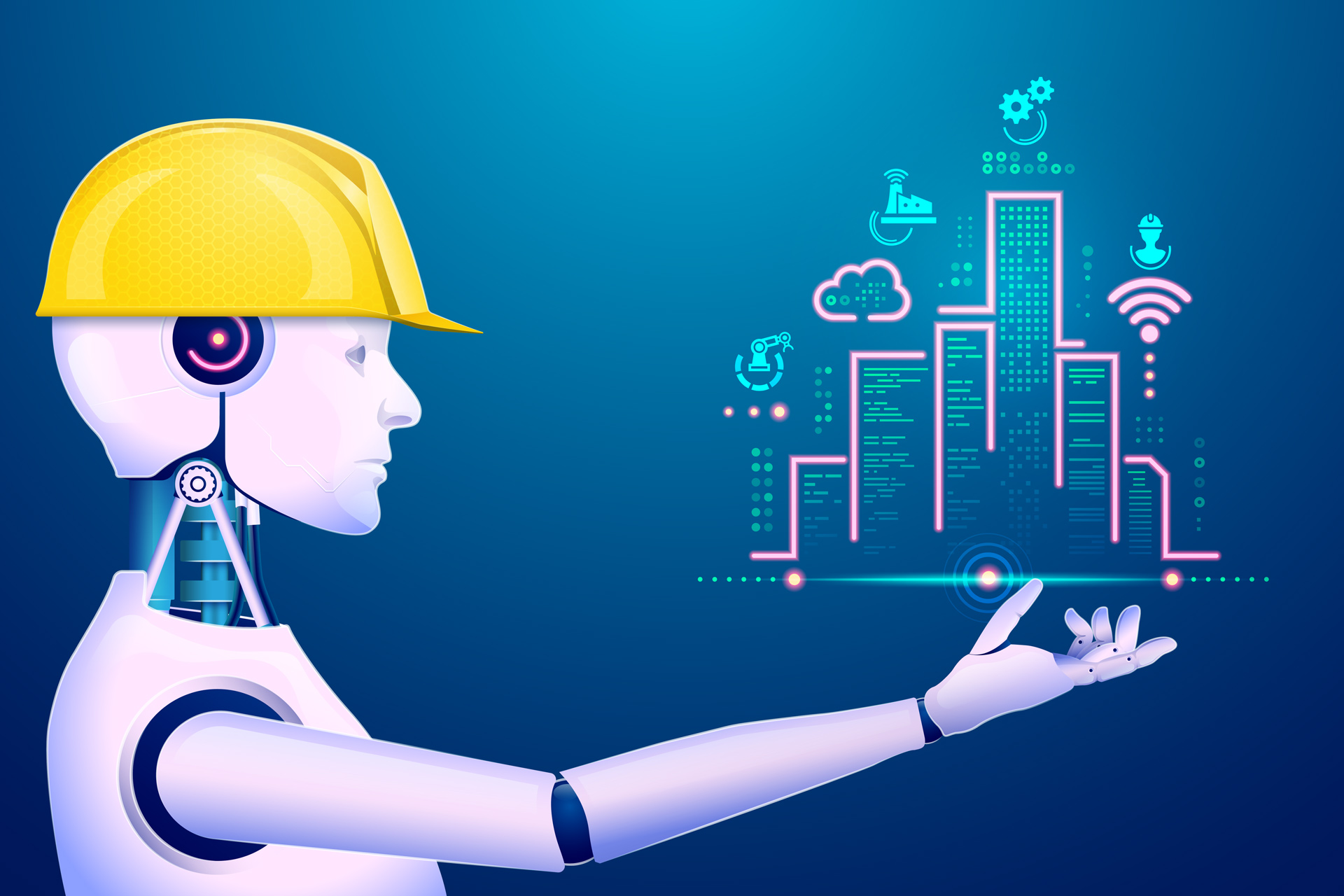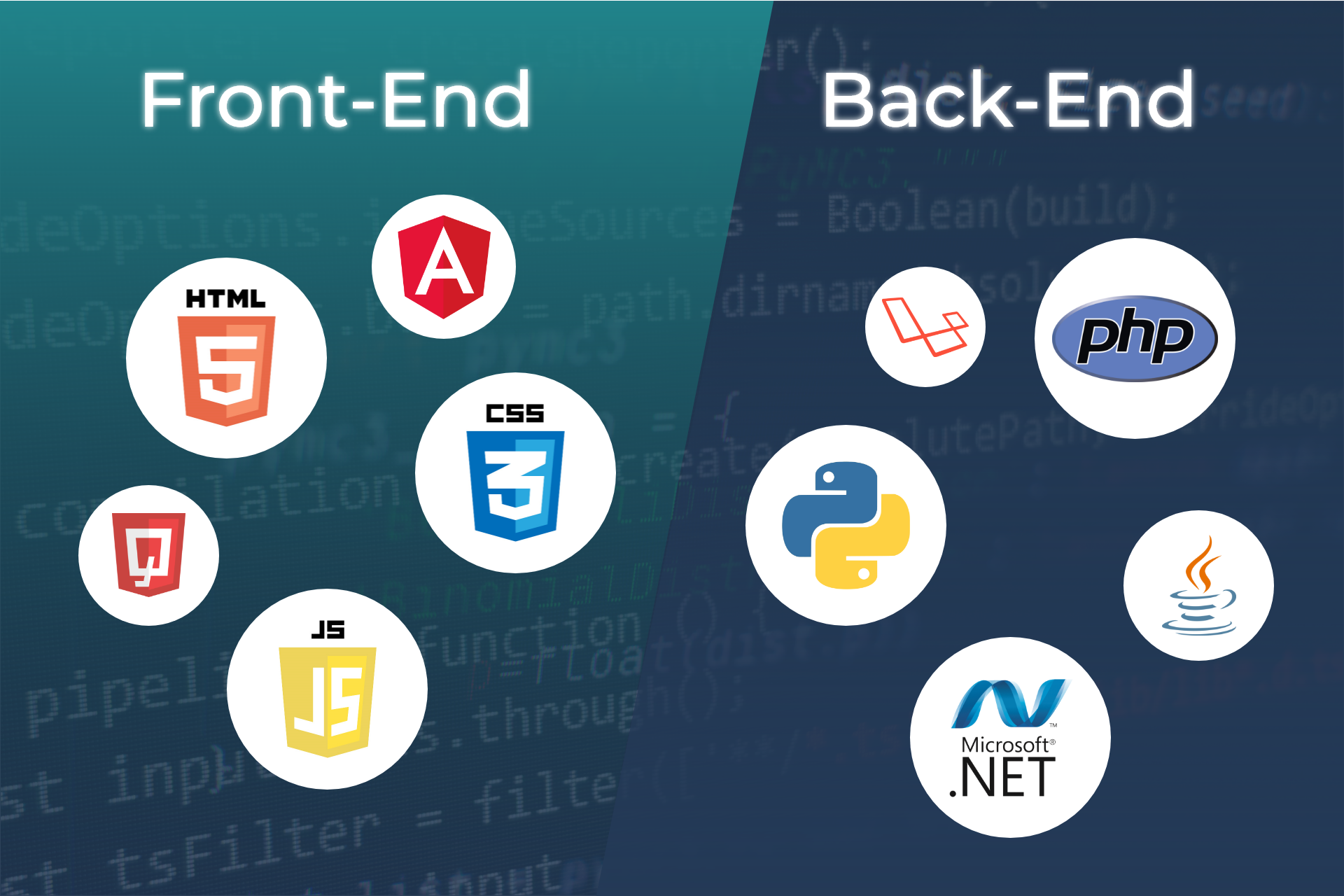
Unfolding the future of banking with Web 3.0.
By Admin
Get ready for the future of banking because Web 3.0 technologies are about to shake things up quickly. These cutting-edge tools, also known as the "Semantic Web," are designed to make it easier for machines to understand and process data on the internet. In addition, in finance, this could lead to many exciting possibilities.
Imagine being able to access personalised financial services that are tailored specifically to cater your specific needs or being able to conduct transactions with unparalleled security and transparency. These are only a few potential benefits that Web 3.0 could bring to the banking world.
In this article, we will delve into the exciting potential of Web 3.0 and explore how it could shape the future of banking. We will examine the industry's current state, discuss the key features of Web 3.0 and how they could be applied to banking and consider the challenges as well as the opportunities for the road ahead. Whether you are a banker, a tech enthusiast or simply someone interested in the future of finance, this article is a must-read. Get ready to uncover the future of banking with Web 3.0!
Before jumping into how Web 3.0 can be useful to banking for the betterment, let us get a brief understanding of Web 3.0 in general.
What is Web 3.0?
Web 3.0, also known as the "Semantic Web," is a set of technologies that aims to make it easier for machines to understand and process data on the internet. At its core, Web 3.0 is about creating a more connected, intelligent, and efficient internet. Some key features of Web 3.0 include the following:
-
Machine-readable data: Web 3.0 technologies allow data to be structured and organised in a way that machines and systems can easily understand and process. This could enable more efficient search, discovery, more sophisticated data analysis and modelling.
-
Artificial intelligence: Web 3.0 technologies rely heavily on artificial intelligence (AI) to interpret and make sense of data. This could lead to more intelligent and personalised online experiences and more advanced automation and decision-making capabilities.
-
Blockchain technology: Web 3.0 technologies may also leverage blockchain technology to create secure, decentralised networks for storing and sharing data. This could enable greater transparency and trust in online transactions and more robust security and privacy protections.
Now that we have a basic understanding of what web 3.0 is let us jump into how Web 3.0 can benefit the banking for the betterment.
Application of Web 3.0 in baking for the betterment
Web 3.0 technologies have the potential to affect the way that banking is done significantly. Here are a few ways in which Web 3.0 could be applied to the industry:
-
Personalised financial services: Web 3.0 technologies could enable banks to offer more personalised financial services to their customers. For example, an AI-powered chatbot could provide customised recommendations or assistance based on an individual's financial history and needs.
-
Improved security and transparency: Web 3.0 technologies such as blockchain could be used to create secure and transparent financial transactions. For example, blockchain-based systems could be used to track and verify financial documents' authenticity or create immutable records of financial transactions.
-
Enhanced automation and efficiency: Web 3.0 technologies could also automate and streamline various banking processes. For example, machine-readable data could automate the underwriting process for loans or quickly process and analyse large amounts of financial data.
-
Enhanced risk management: Web 3.0 technologies, such as machine learning, could be used to improve risk management in the banking industry. For example, banks could use machine-learning algorithms to analyse large amounts of data and more efficiently identify potential risks or fraudulent activity.
-
Improved data analytics: Web 3.0 technologies could enable banks to gain deeper insights into their customers and operations by enabling more sophisticated data analysis. For example, banks could use machine-learning algorithms to analyse customer data and identify trends or patterns that could inform marketing, product development, or other strategic decisions.
In conclusion, Web 3.0 technologies have the potential to revolutionise the way the banking is being done for the ages. From personalised financial services to improved security and transparency, these technologies could bring a range of benefits to the industry.
However, it is important to note that implementing Web 3.0 in banking may also be associated with challenges and opportunities. As these technologies continue to evolve and mature, it will be necessary for banks to carefully consider the potential risks and benefits of adopting them. If you are someone from the finance and banking industry, feel free to explore more of our offerings in Fintech software or get in touch with us.
Insights
Insights into
our World
A view of the ever-evolving digital world through our screens









